Safe in the Sun and Australia’s Natural Sunscreens
Disclosure: This blog contains affiliate links which I may earn a small commission from if you purchase through them, at no extra cost to you.
Keeping your family safe in the sun is made easier with this guide to the best natural sunscreens in Australia. Learn about the different types of UV, sunscreens and meet Australia’s own popular natural brands, so you can make an informed choice about how to best protect your family from the Australian sun.
Safe in the Sun and Australia’s Natural Sunscreens
Gone are the chilly, dark dreary mornings of winter. Watching the sun slip up past the hills that border Perth, over the trees, and stream through the windows of our living area has become one of life’s little moments of bliss each morning.
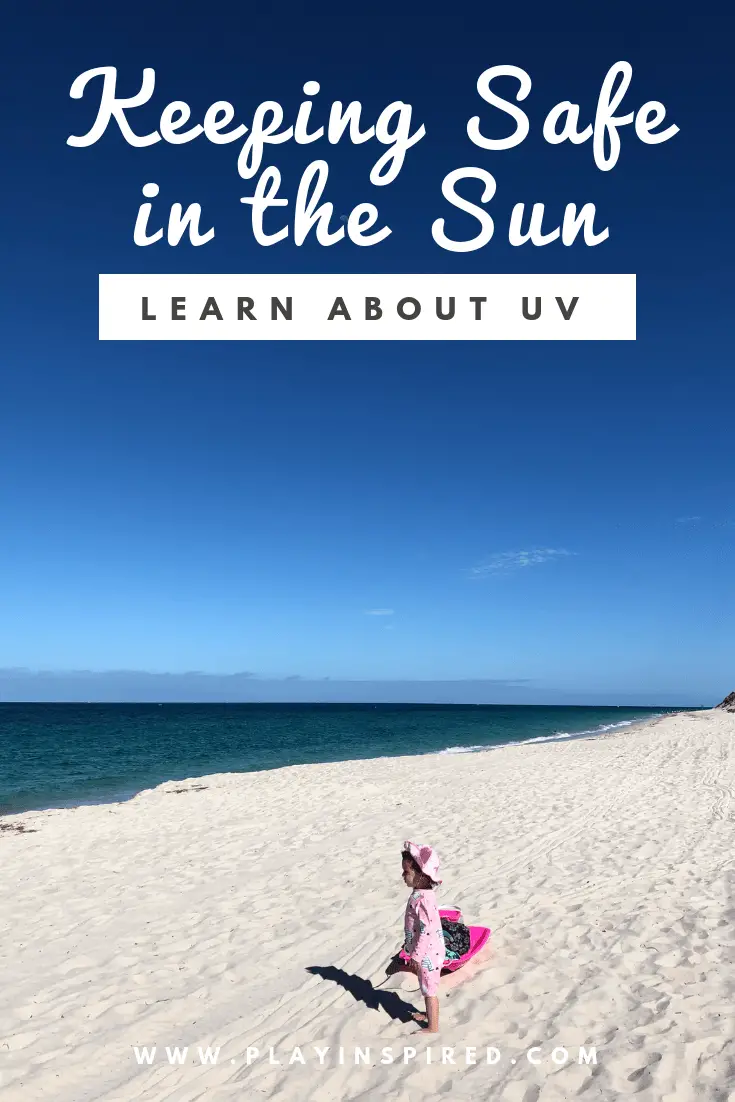
My kids are eager to get outdoors from the get-go. Miss 4 loves setting up obstacles courses, inspired by those she ran across and over at school. Instead, Miss 21m loves to bounce on the trampoline and search for insects.
I usually sit outside with my favourite mug full of coffee and watch them just have fun ( and act as a volume control for our neighbours). We have breakfast in the warmth of the sun’s reach and tend to the garden. There have been many walks down to our local parks. We love to jump into the car to explore parks that we have never been to before. We also love to visit national parks and go down to the beach.
Being amongst nature in the outdoors is something we really enjoy!
However… the sun or more so UV rays are always on my mind as the morning progresses.
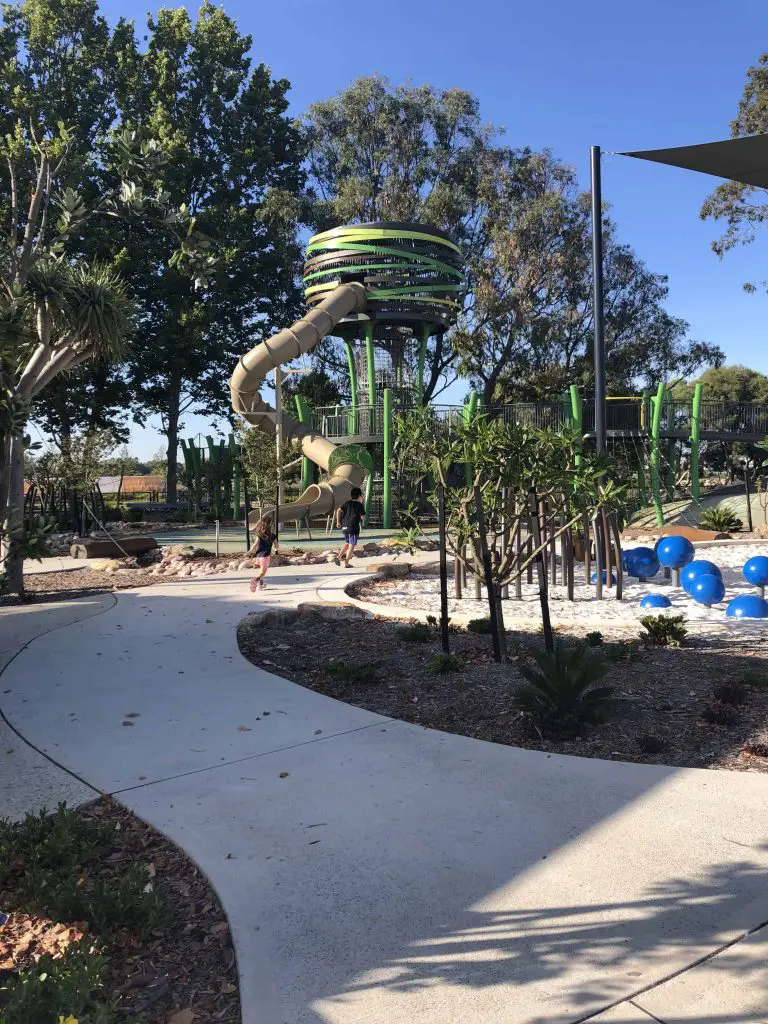
What is UV?
The sun emits radiation. Ultra Violet (UV) rays are a form of radiation that is emitted by the sun. UV rays are the main cause of sun cancer, sunburn, premature aging, and eye damage. This radiation can literally alter your skin’s DNA resulting in irreversible damage to your cells.
UV can not be seen, it can not be felt. Even on a cloudy day, UV penetrates through the clouds. Depending on the type of cloud, potential UV exposure may either be reduced or amplified. Cloud coverage cannot be assumed to be safer when determining exposure to UV rays.
Surfaces such as pavement, water, sand, or grass may reflect UV rays increasing exposure. Did you know even wearing a hat in the pool, your child could still be exposed to UV damage. The rays can be reflected from the surface of the water.
Different types of UV
There are two different types of UV that can cause damage to your skin
- UVA: Exposure results in DNA damage that can lead to cancer and premature ageing
- UVB: Actually burns the skin and causes cancer
When is UV exposure safe?

UV is measured on an index scale from 0 to 11+. The higher the number the greater risk of UV exposure and sun damage.
- From 0-3, low exposure – no sun protection is not required.
- 4-6, medium exposure – wear sunscreen and protective clothing
- 6+, extreme exposure – shade play
Since UV cannot be seen or felt, you cannot simply rely on your senses to determine whether your exposure is at a safe level or not.
Generally speaking, in summer here in Perth, Western Australia you need not worry before 7:30 am or after 4:30 pm. The UV levels are typically low enough at these times to not be concerned about sun damage due to over-exposure to UV rays.
How do we know when UV is at a dangerous level?
UV cannot be felt or seen. There is no way of knowing what the UV levels are by using your senses.
Unless you have a UV meter, a couple of reliable places to refer to for the UV levels are the Bureau of Meteorology and Sun Smart App.
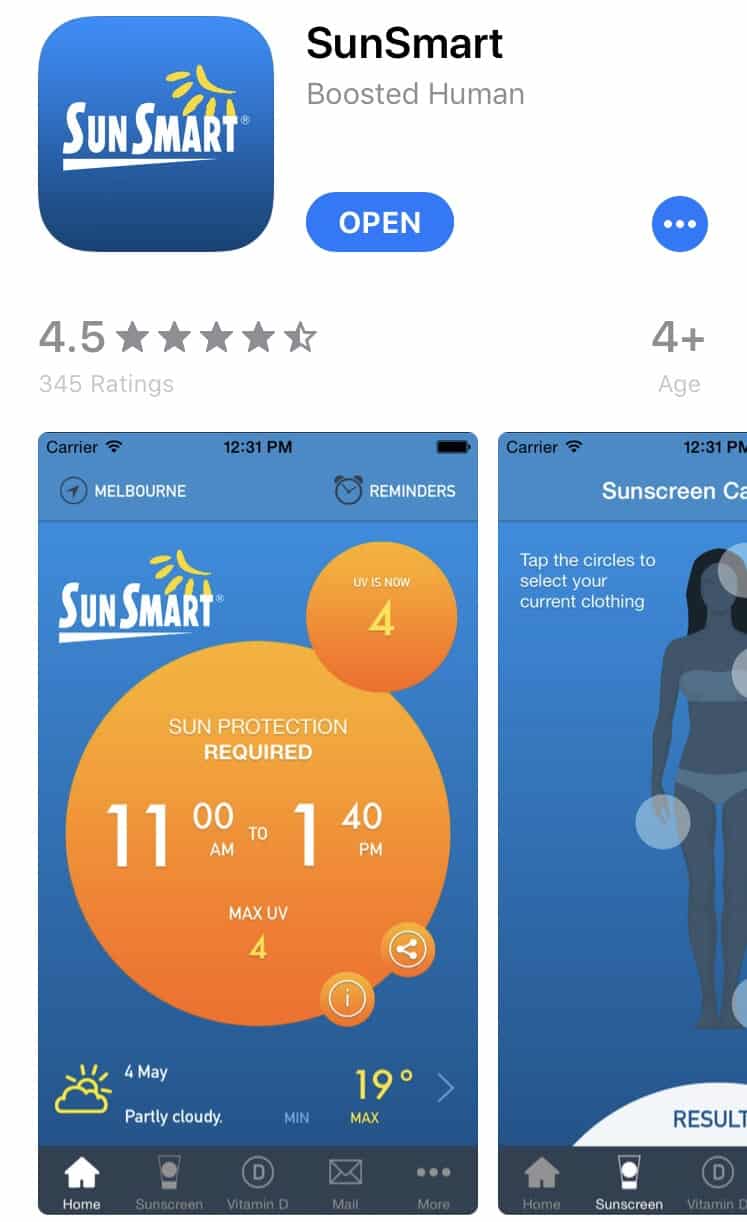
What are some signs of damage due to UV exposure?
Tan
A tan is perceived by many as a sign of health however it is in fact, your skin’s way of trying to protect itself from further damage from exposure to UV. There is no such thing as a healthy tan unless it has been applied from a bottle!
Sunburn
Redness, pain to touch, peeling skin and even blisters go hand in hand with a sunburn. Even though a sunburn may only last for a few days, the after-effects last much longer and will build up over time including premature wrinkling and increased risk of skin cancers.
Freckles
Freckles are a sign of previous UV exposure. They are a flat, small brown patch of pigmentation that develops in response to UV exposure and then in turn will mostly fade without it. They are typically harmless however any changes in an existing freckle should be noted and discussed with your GP.
How to stay safe in the sun
The best way to play safely in the sun is to be aware of the UV levels and adjust your play to suit.
Wear sun protection such as hats, suncream with 30-50 SPF applied 20 minutes before exposure and reapplied every 2 hours, and protective clothing when UV is between 4-6.
Seek shade when UV is 6 or higher.
What is the best natural sunscreen in Australia
With many differing factors and terms used, browsing through the sunscreens available can be an overwhelming adventure.
- SPF levels
- Broad Spectrum
- Chemical vs Physical
- Ingredients
- Water fastness
- Sensitivity
- Tinted
What does SPF mean?
SPF stands for ‘Sun Protection Factor‘. This rating reflects the sunscreen’s ability to protect skin against sunburn. The SPF rating should not be used to determine how long you should be staying in the sun but will indicate how much longer it will take skin to redden compared to skin that is not protected.
Science plays a part to determine the SPF number using a simple formula.
The number of seconds it takes to redden when sunscreen is applied is divided by the number of seconds it takes to redden when no sunscreen has been applied.
This formula is more accurate at determining the protection against UVB radiation, not so much the deeper penetrating UVA. Additional tests would need to be carried out for a sunscreen to be granted as offering broad-spectrum protection. That is, protecting against both UVA and UVB radiations.
Is SPF30 enough protection?
Generally speaking, the higher the SPF rating, the more protection the sunscreen will offer. In saying that, a sunscreen with SPF30 will protect the skin better when applied properly compared to an SPF50 that has been applied to thin. For ultimate protection, the sunscreen does need to be applied properly.
Chemical verses Physical Sunscreen
Sunscreens protect the skin by both absorbing and deflecting harmful UV rays. There are two ways this can be achieved.
Chemical Protection Sunscreen
Typically a thinner, lightweight sunscreen, chemical sunscreens can be highly effective without the need to be applied in high concentrations. They spread easily and evenly with ease and typically do not have a physical appearance.
Chemical sunscreens are absorbed into the skin and protect against UV rays by converting them into heat which is then released from the body.
While chemical sunscreens are effective at penetrating deeper into the skin, there are concerns for some over the potential allergic reactions and irritation these can cause to those with sensitivities.
Physical or Mineral Sunscreen
Zinc oxide or titanium dioxide sunscreens are referred to as physical or mineral sunscreens. The fine mineral particles sit on the surface of the skin where they reflect and absorb UV radiation, without needing to be absorbed into the skin to be effective.
They are generally a thicker formulation, with a telltale white appearance, making application easier to identify. In saying that, newer brands have released tinted formulas to give a smoother, natural look instead of the ‘ghost’ appearance to even those with deeper skin tones. Physical sunscreens have been growing in popularity as they can be less irritating for those with sensitive skin.
What is the best natural sunscreen for sensitive skin?
For those with sensitive skin, dermatologists recommend using mineral sunscreens over those with chemical UV blocking ingredients.
Sunscreens with fragrances, preservatives, and dyes should be avoided by those with sensitive skin.
Sunscreen active ingredients to avoid include avobenzone, octinoxate, mexoryl SX, tinsorb S and tinsorb M as they may be harmful.
What is a patch test and why should I do one?
A patch test is a method used to determine a delayed reaction to a substance, in this case sunscreen. Apply a small amount to the inner of your elbow, or wrist. Inspect the area after 24 hours to check for reactions.
Which sunscreen is best?
The consensus seems to be that with modern sunscreen formulas, the best ones are those with an SPF of at least 30 that you will actually use. It is all well to have a great sunscreen collection, tubes, and tins stationed in the car, in your handbag, kids school bag, and bathroom, however, they need to be applied and used as recommended to be effective.
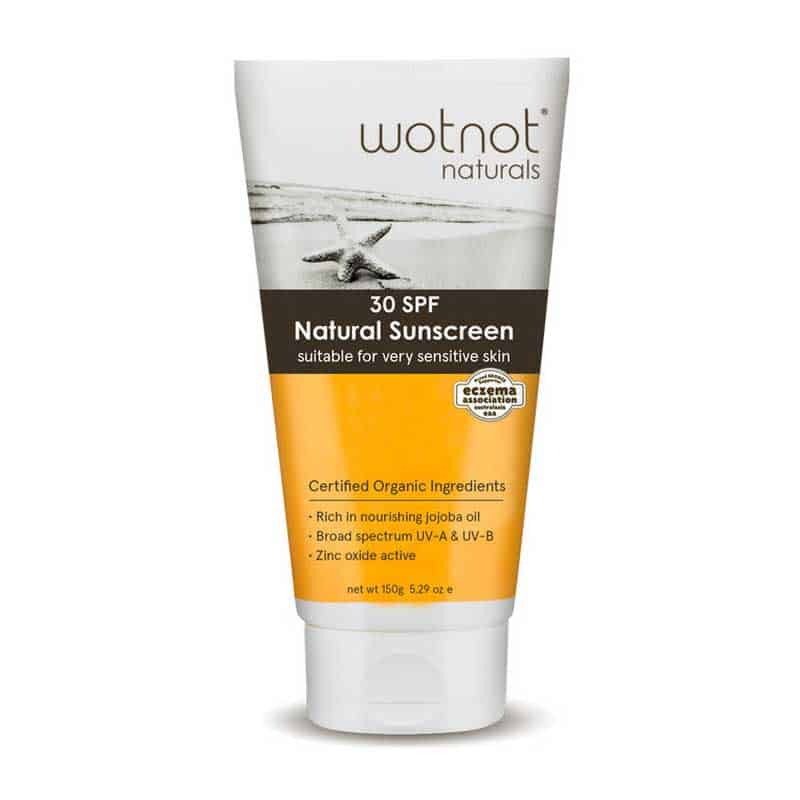
WotNot Naturals Sensitive
SPF30 broad-spectrum protection against UVA and UVB rays. Suitable for babies from 3 months of age and use in pregnancy. Uses certified organic ingredients, non-toxic, cruelty-free, and reef safe.

Sunbutter Surf Zinc
SPF50 broad-spectrum protection against UVA and UVB rays. Vegan, safe for children, non-nano zinc, 4-hour water resistant, and reef safe. Glides onto the skin in all climates
Application tips for kids
Applying sunscreen does not need to be a chore. When worked into their daily routine just like brushing their teeth, children can learn to add this important step into their self-care from an early age.
Add a foundation brush to their bathroom caddy to be used for sunscreen application. Kids love ‘painting’ the sunscreen onto their face and this prevents sunscreen fingers from brushing along your walls.
Compliment your kids on looking after their skin and staying safe in the sun, recognising the process of applying the sunscreen and explaining in an age-appropriate way why wearing sunscreen is important.
A little bit of sun won’t hurt or will it?
Well…. this is partially true and then science says it can.
Yes, we do need a bit of sun to produce the all-important vitamin D, however, the amount of exposure required to synthesize what we need is minimal and this can be done safely.
Getting outdoors has long been known for its positive impact on our body and mental wellbeing.
I choose to keep our play in the sun between the times when UV exposure is safe or manageable with sun protection.
There is plenty of fun to have in the shade and I hope my children will take these healthy habits and awareness well into their adulthood too.
Dani D x
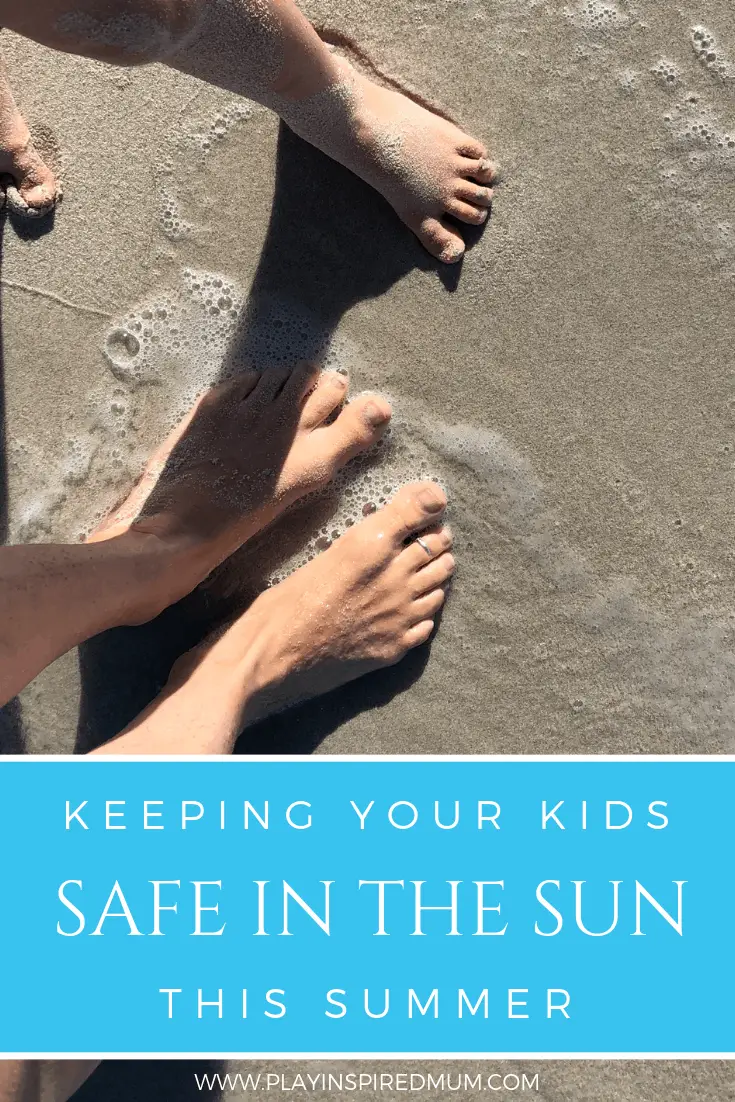

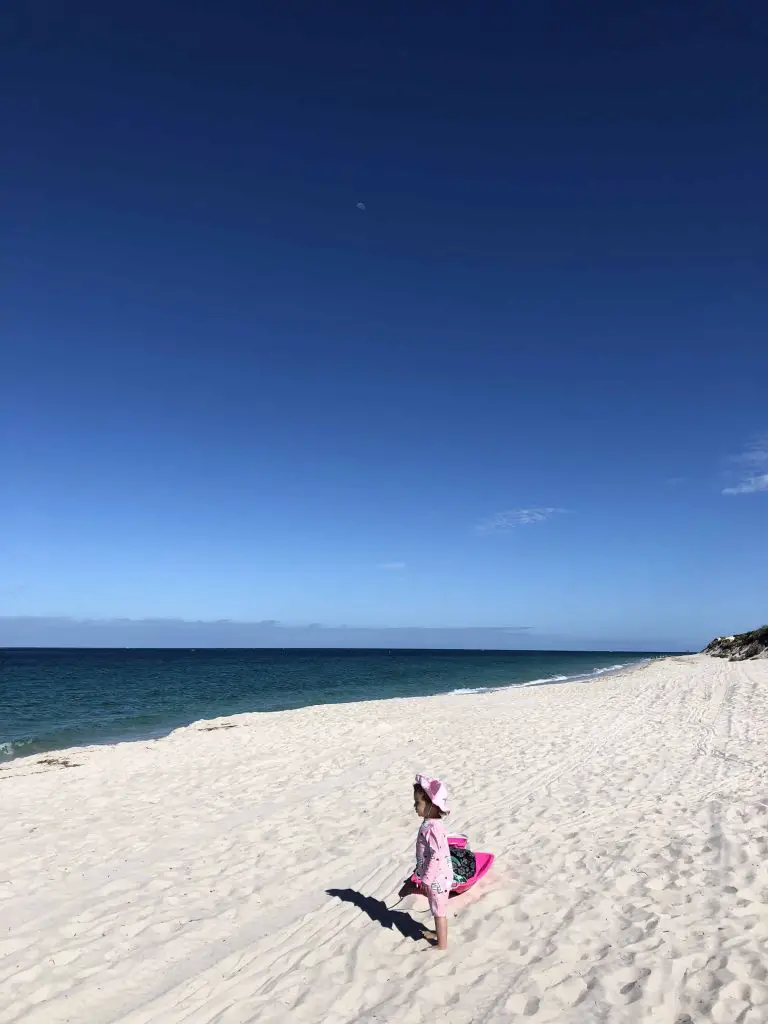
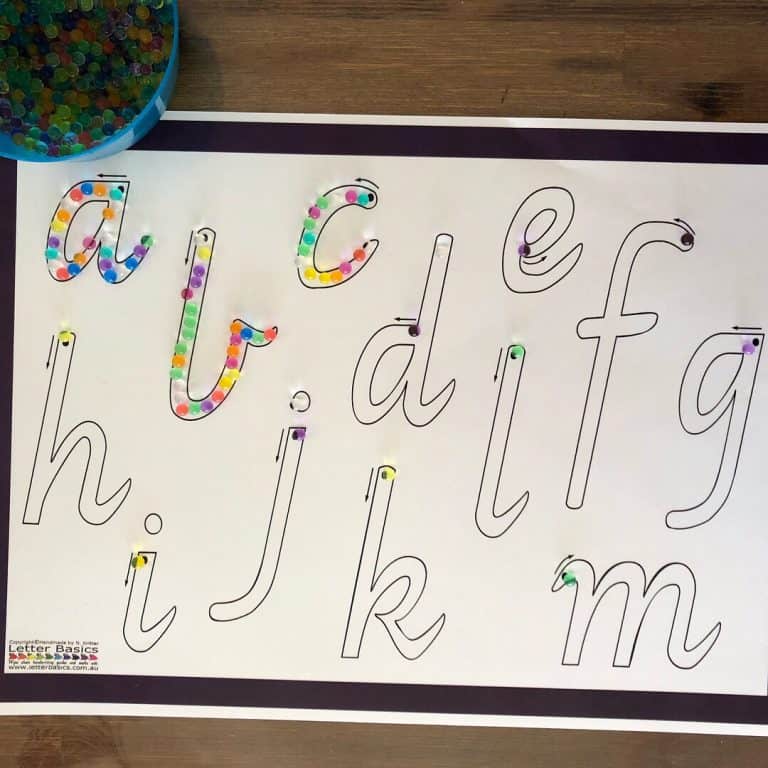
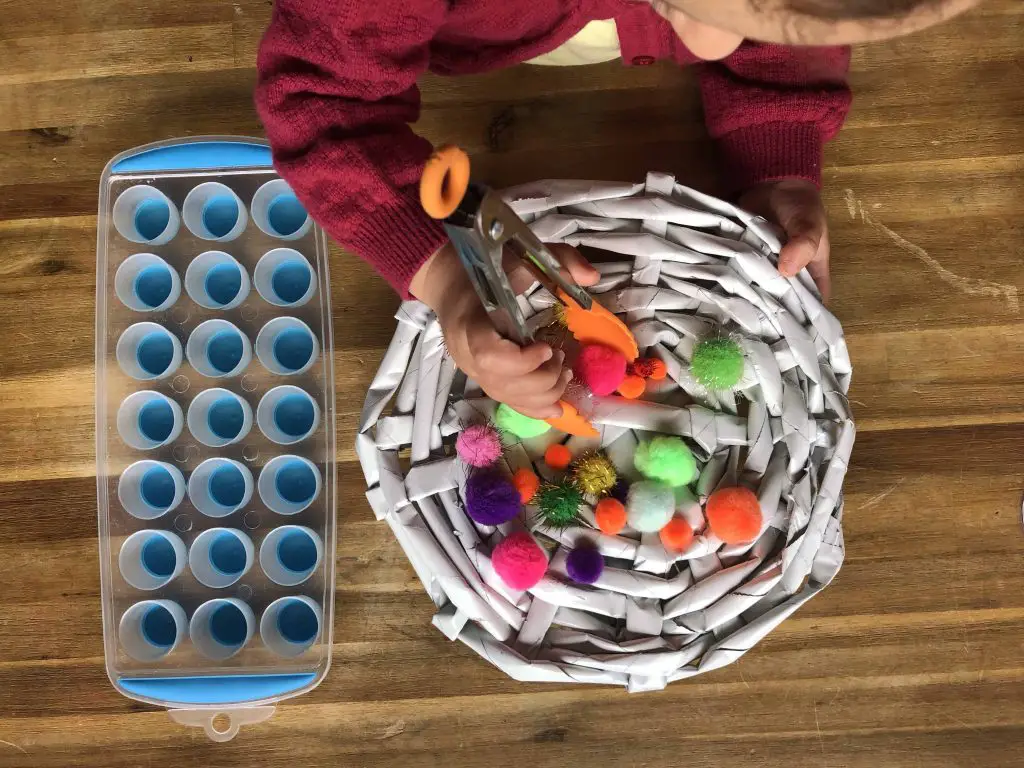
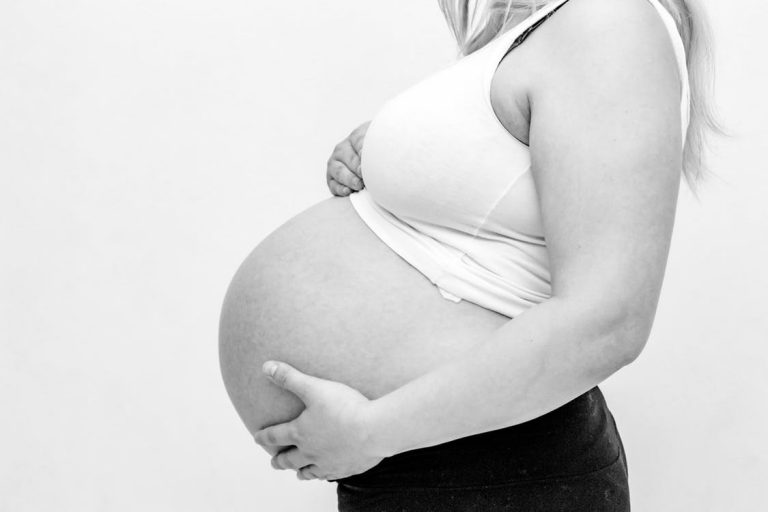
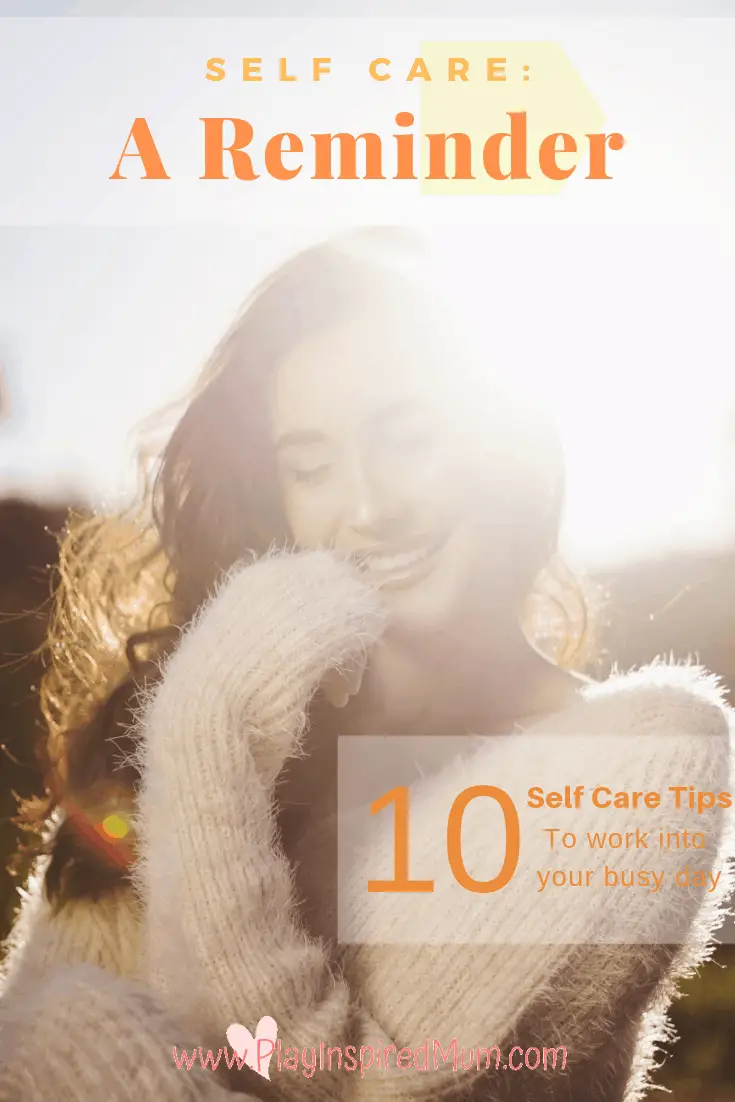
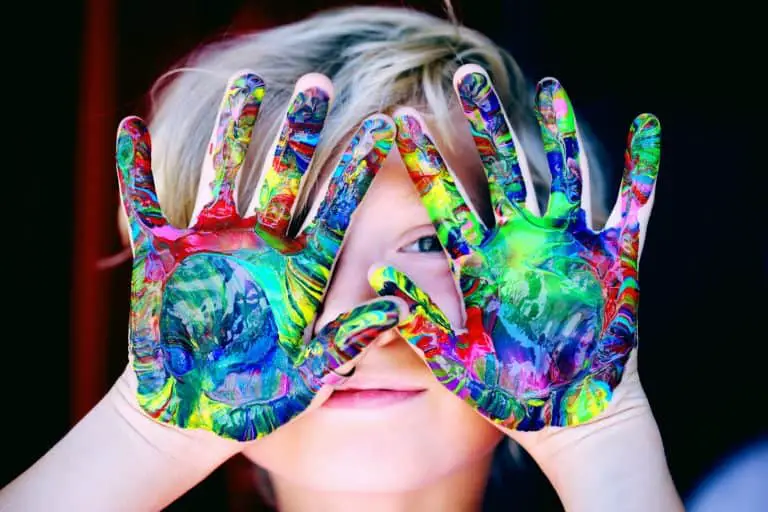
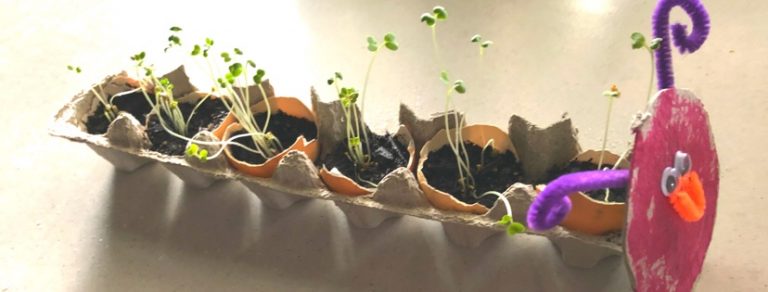
Very informative post. Now I am aware of UV rays and its different levels. Thank you for sharing this post.
Thank you and you are most welcome! Thanks for stopping by!
We are very careful about sun protection. Both of my kids are fair and we do a lot of things like wearing hats, rash guards, and so on. I like finding alternatives to sunscreen, since many have chemicals or bother my daughter’s skin, and UV blocking fabric is great.
I love the idea of alternatives that will still keep our littles safe. My girls have sensitive skin and I am mindful of what I put on them. Have you found anything that could be used on your daughters face that has been effective?
Such an important topic these days. I always make my kids slather up with sunscreen even though they complain. gone are the days of baby oil! thank you for sharing this important information.
You’re welcome! Haha yes, oh weren’t they the days of oiling up before heading out ? One day your kids will look back and thank you for slathering them up even though they were against it. Safety first!
it looks so much fun! Day at the beach is always a priceless experience filled with joy!
Yes for sure! You could go each day and the experience would never be the same twice!
This is really informative as you have very well described the kinds of uvs. Though I don’t have kids but this is great knowing.
The same info can be transferred to us adults too! Probably even more so as we have had more exposure over our life’s time. Thanks for dropping by and your kind words!
I always make sure that I apply sunscreen when I go out and use D-Tan to get rid of the tan every week
I hadn’t heard of D-Tan before… what is it please?
Those weather activities reports are a great idea for kids to get an understanding of weather. We are in the middle of the hottest winter ever and I need to remember that sunscreen is really important now too.
Thank you! My little Miss takes her weather reporting very seriously. It’s great for building their vocabulary too! Where abouts are you? We are in the thick of our summer atm- luckily for us it has been pretty kind so far!
This stresses me out because I’ve done such a poor job to protect myself in the last several years. I’ve gotten third degree sunburn a few times and always new freckles, all because I forget about sunscreen for me after I’ve covered the kids. It’s SO dangerous!
Me too- the kids are always slathered up and in the rush to get out the door I often forget myself ? In my youth I always leaned more towards getting the tan that society has deemed so ‘attractive’. It’s not until becoming a parent that I have really looked at how I have treated myself and the effects of all those sunburns and tanning over the years. No time like the present to take charge and make the changes ?
Great help for us to keep our skin protected. We live in a tropical country so this is vital.
Protecting your skin is certainly a great investment in your health!!! Thanks for stopping by!
I am from Malaysia where we don’t have the 4 seasons but it’s either rain or beautiful sunny days the whole year through. Usually the sun is burning hot so wearing sunblock cream is very important.
We were lucky enough to visit Malaysia in 2012. It’s such a beautiful place and one of the things I do remember is the heat. It’s so different to here in Australia!
Very informative I never knew about the different UV levels and tanning being so unhealthy!
As a teen and in my 20s, I always associated summer with getting a tan. I had in my head that it looks great however knowing what i know now, I would love to go back and choose health over fashion.
I don’t have kids of my own, but I do have nieces and a goddaughter and I pester their parents about sunscreen. I’m in my 40’s and I have no wrinkles. The few sunspots I have – were “earned” in my youth – I was never thought to wear sun protection, but when I did learn, I made it a daily habit. That and huge hats!
It certainly is a lot easier to encourage healthy habits in younger children than as we get older. Good for you taking charge of your choices and putting safety first!